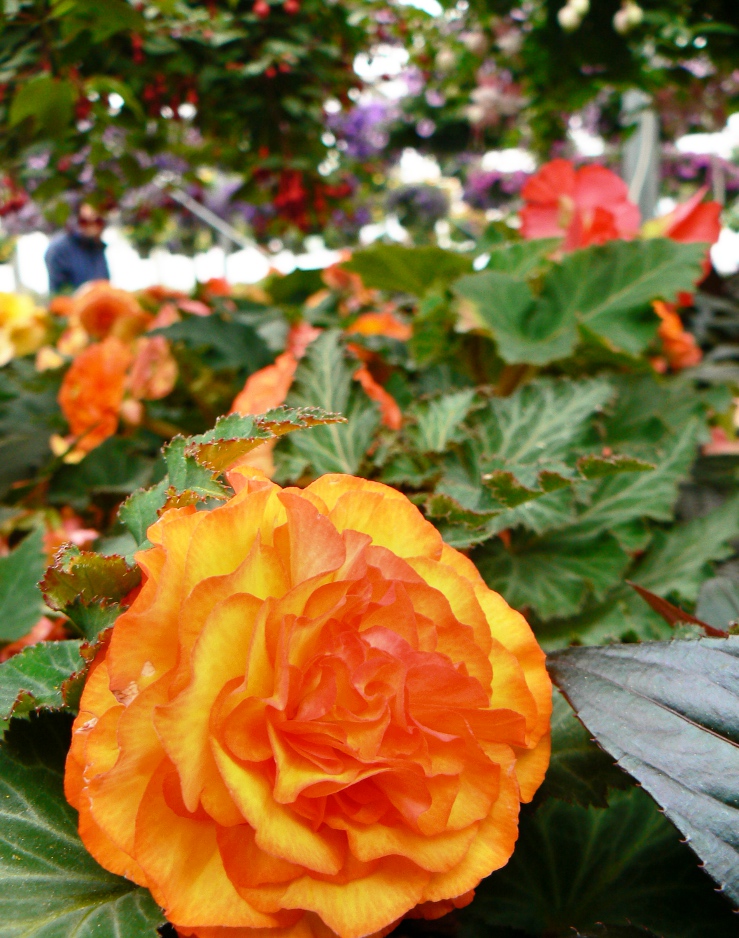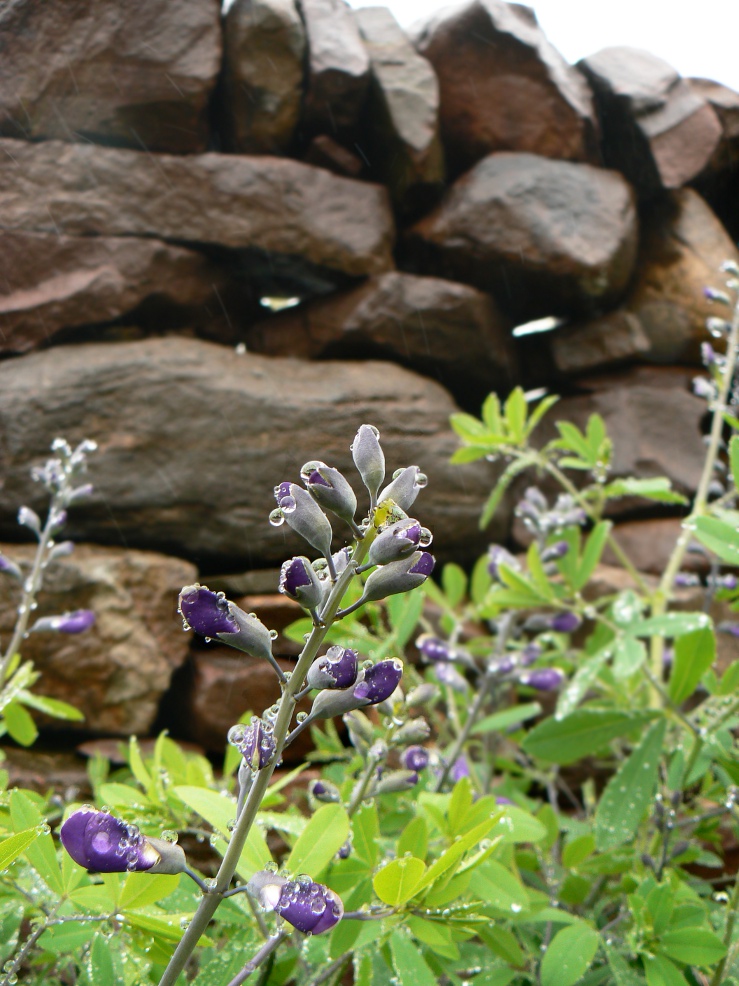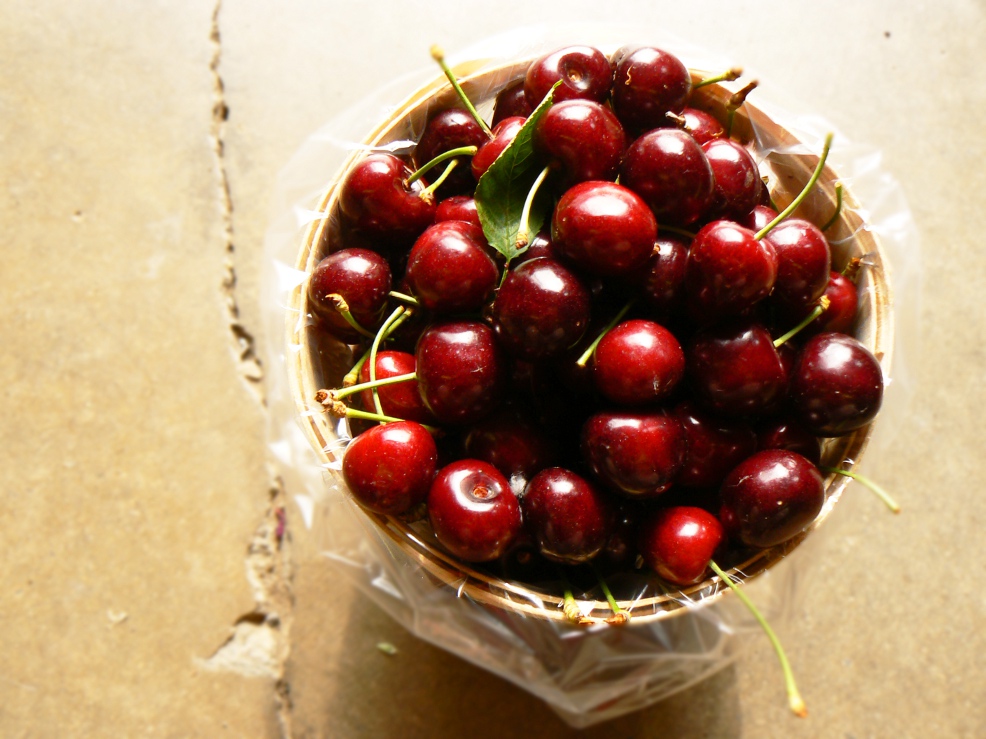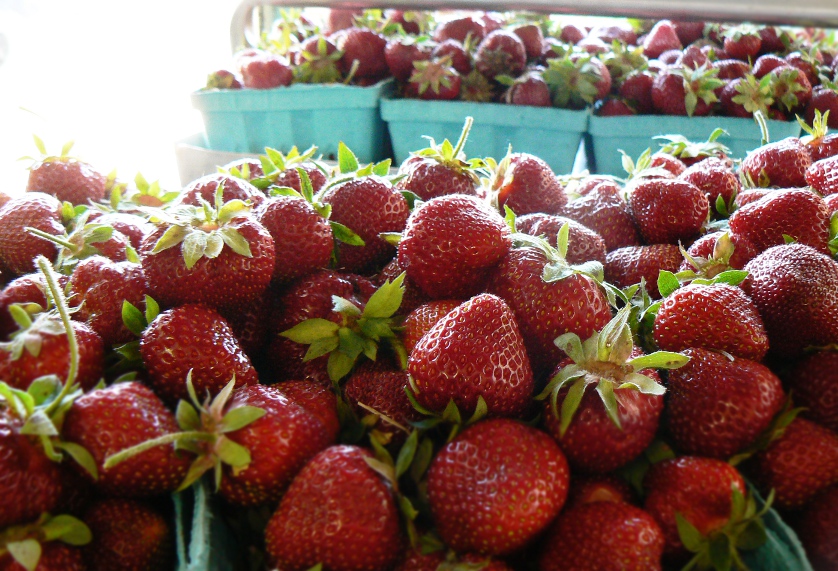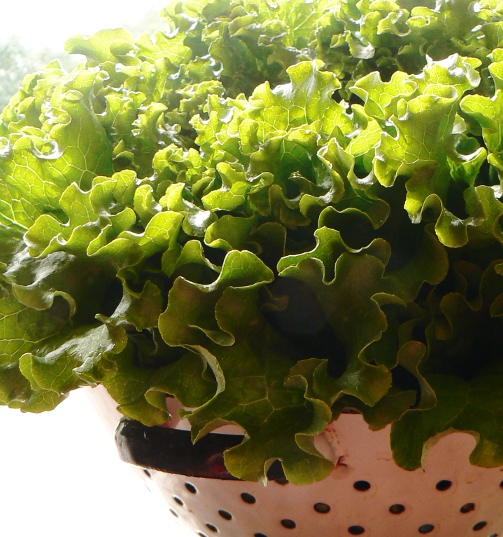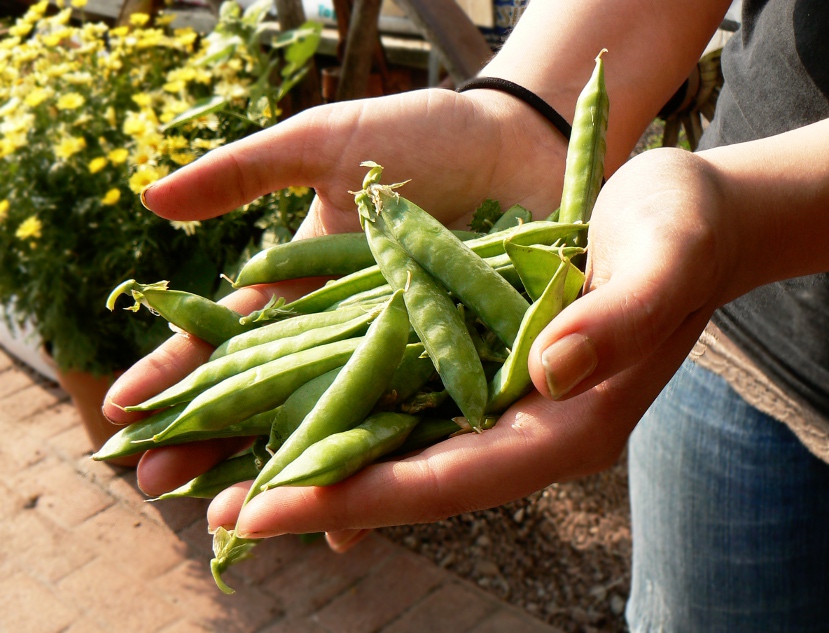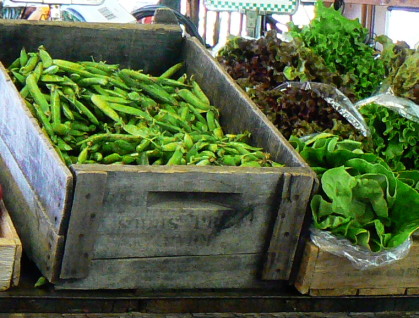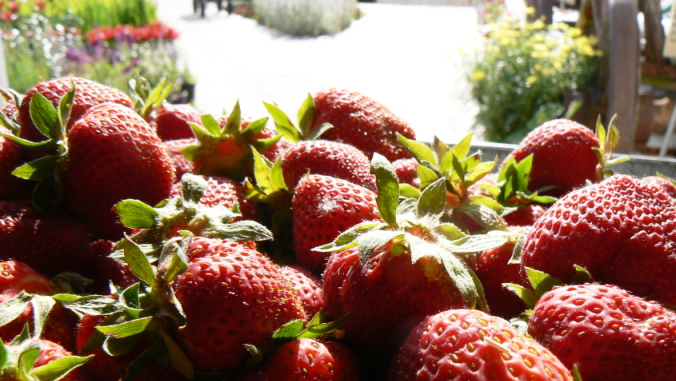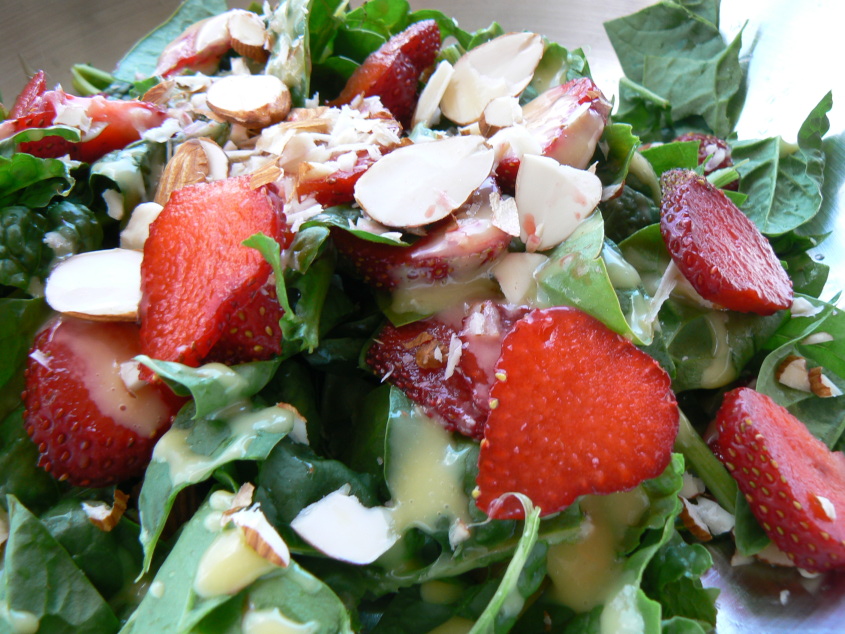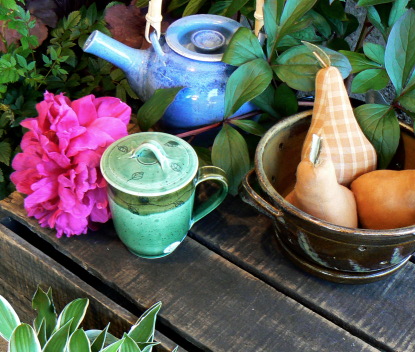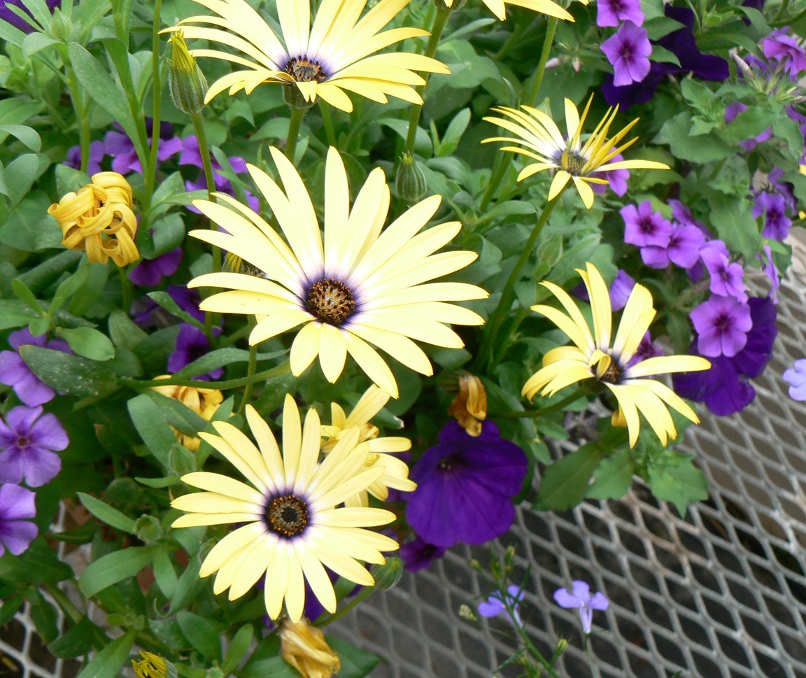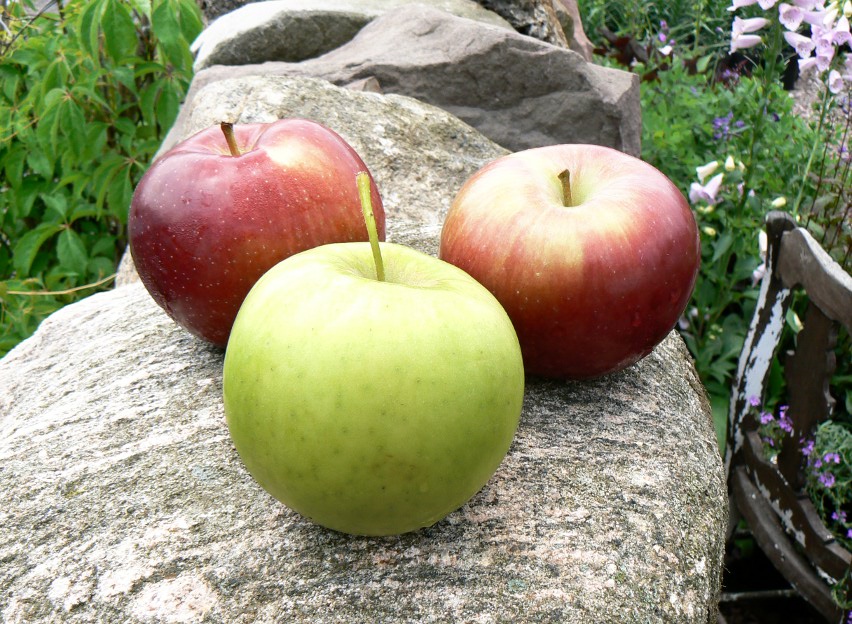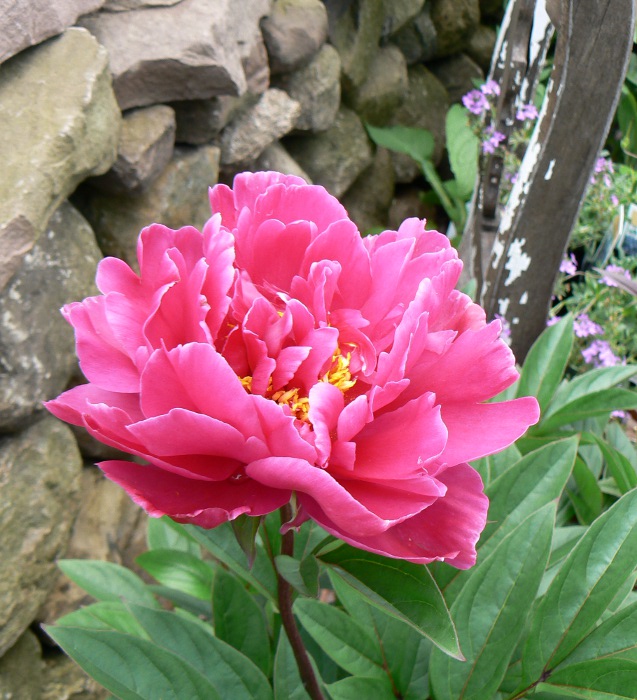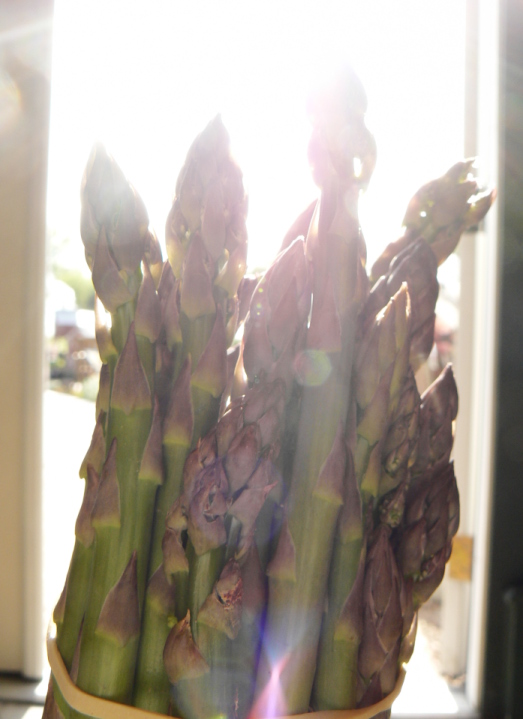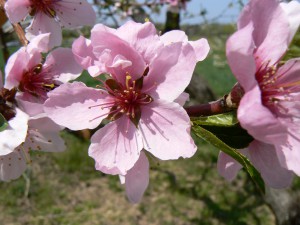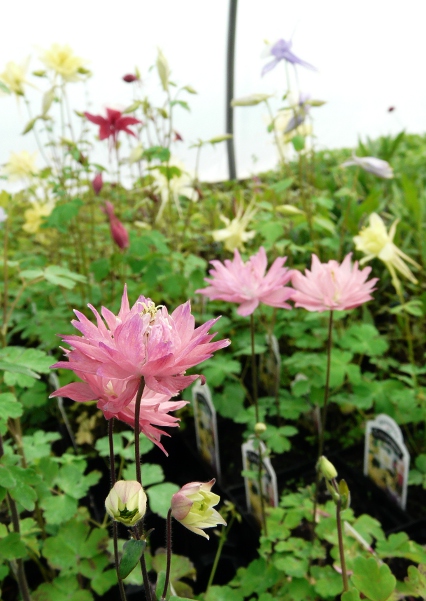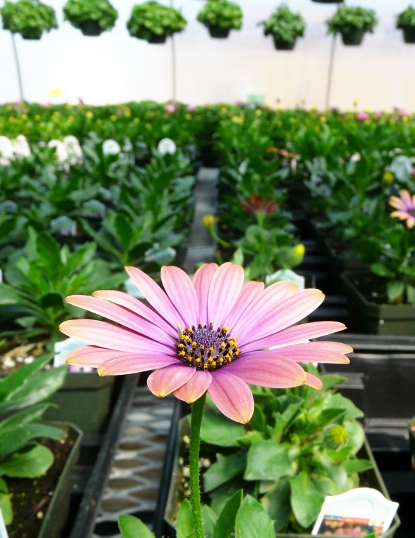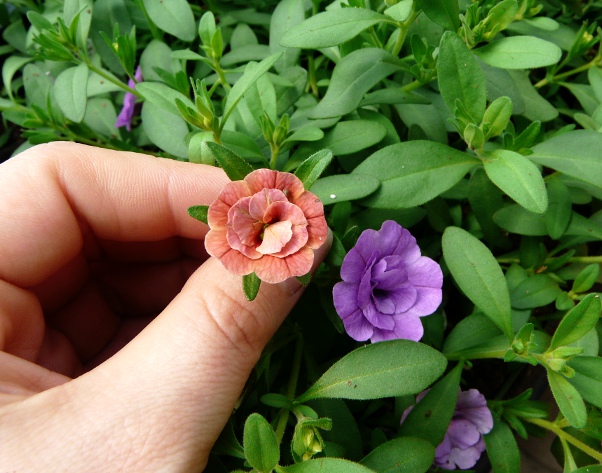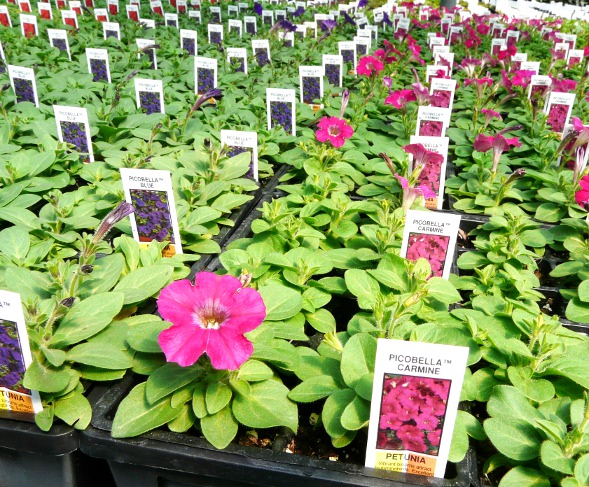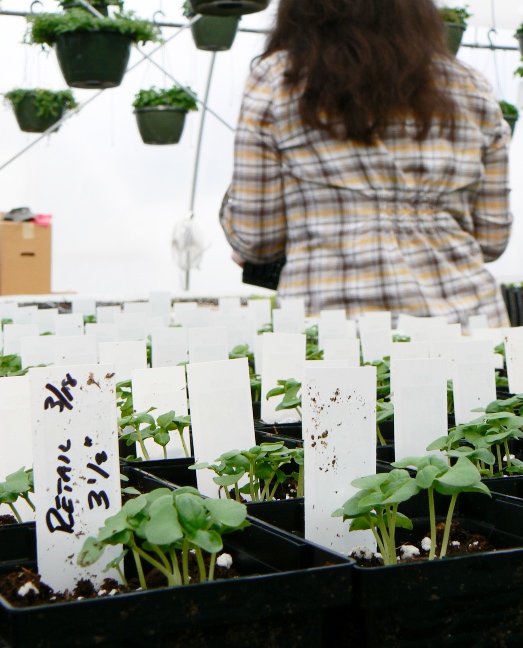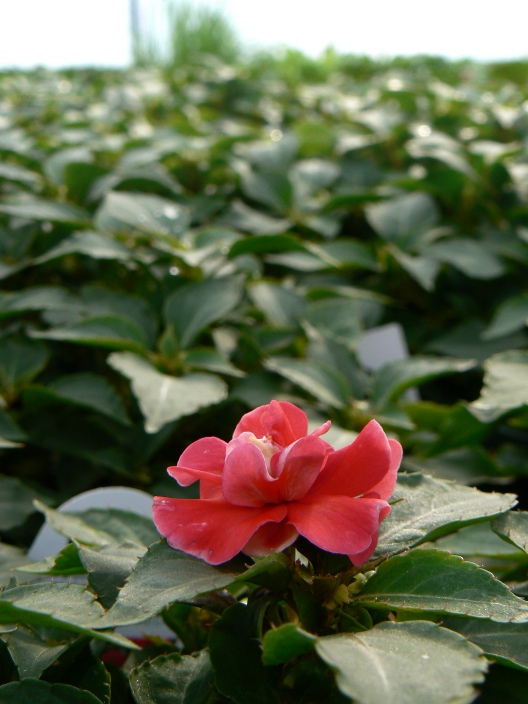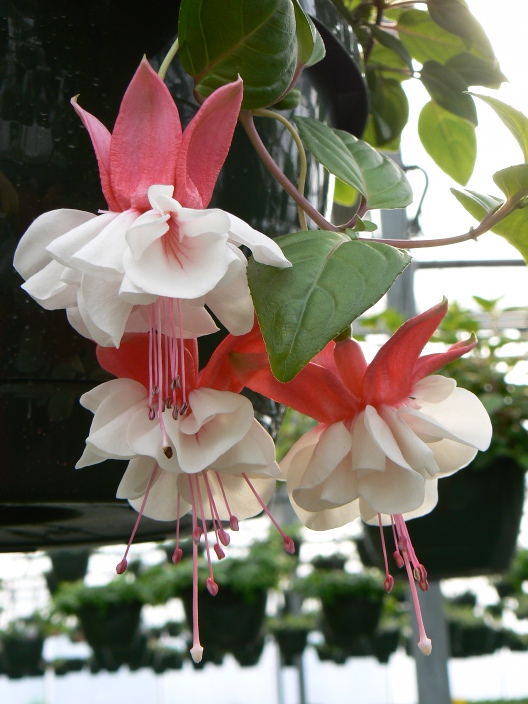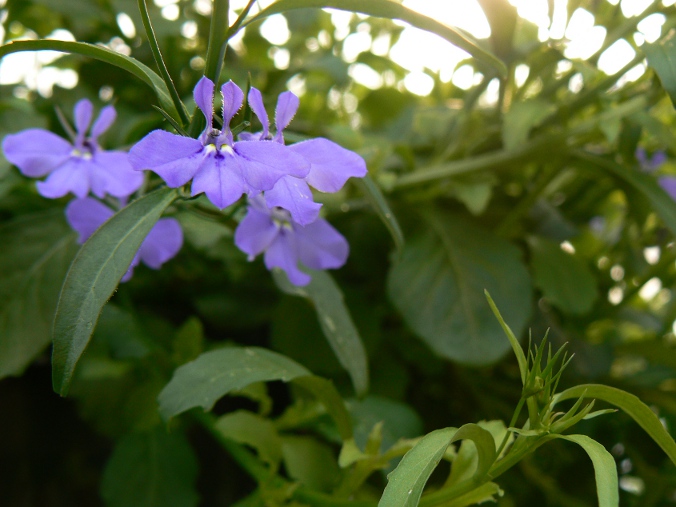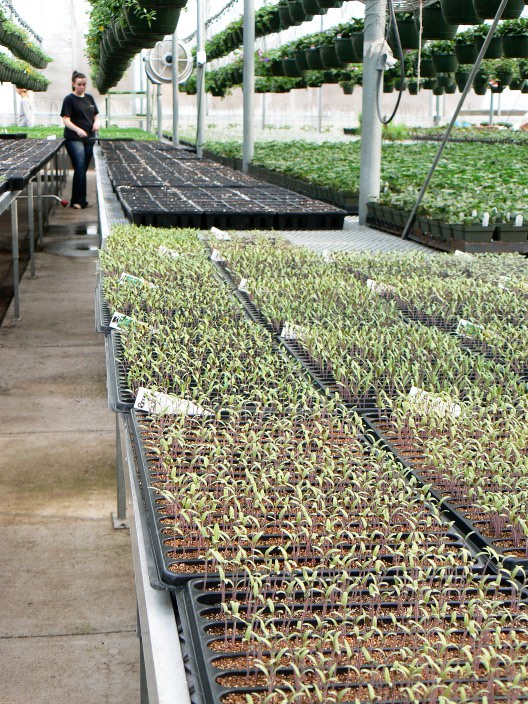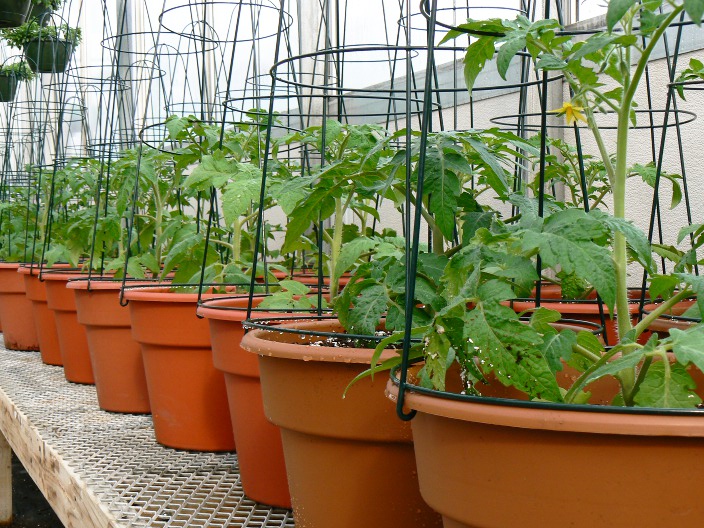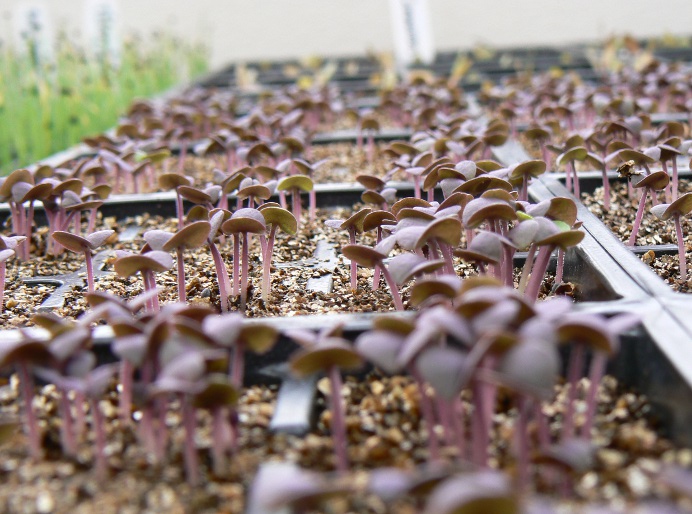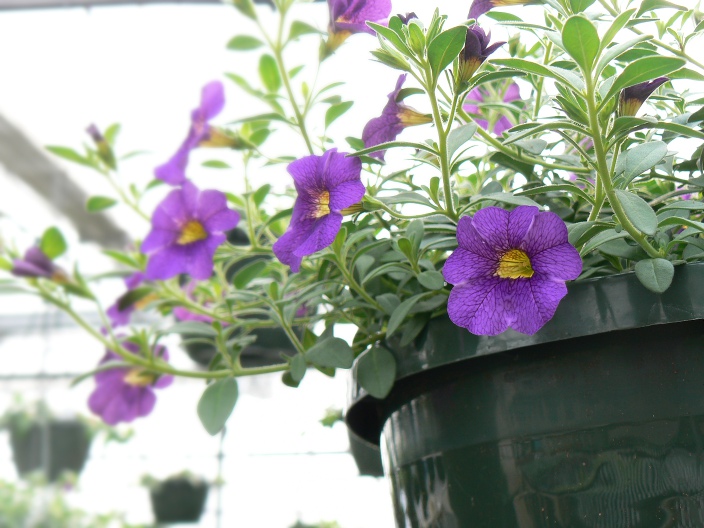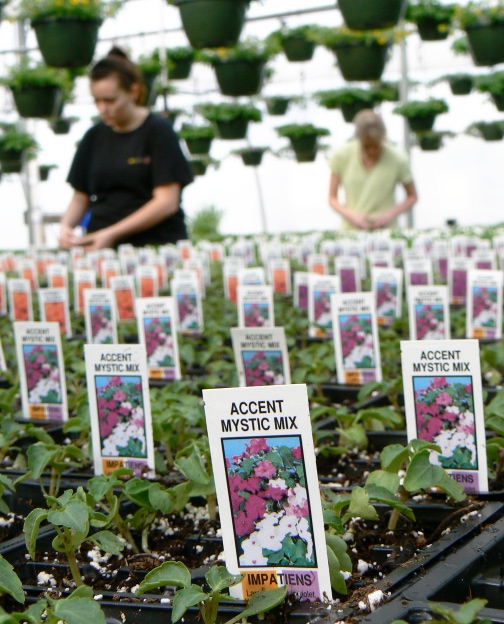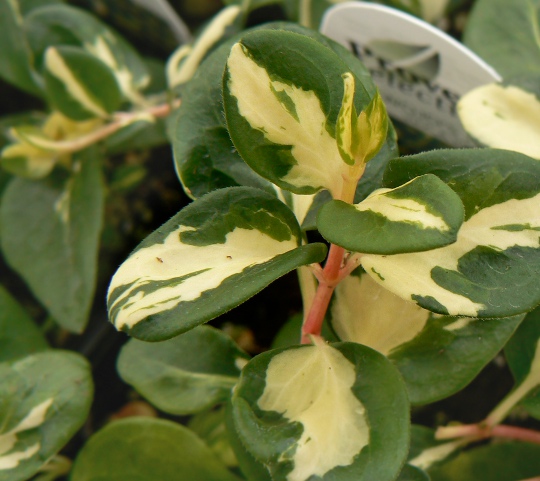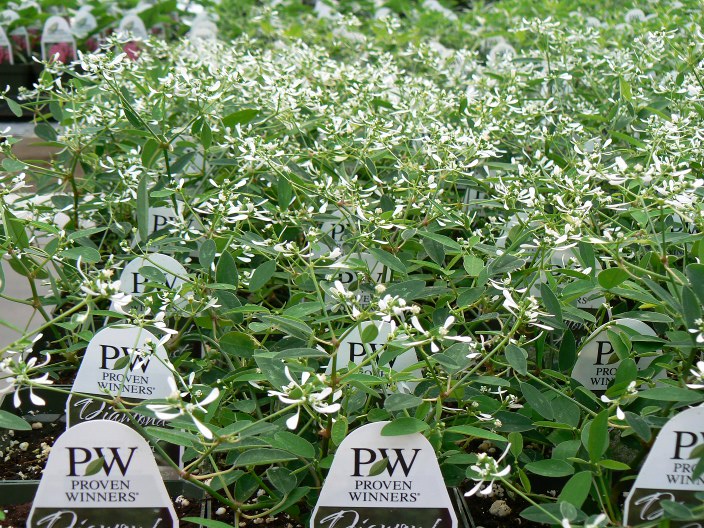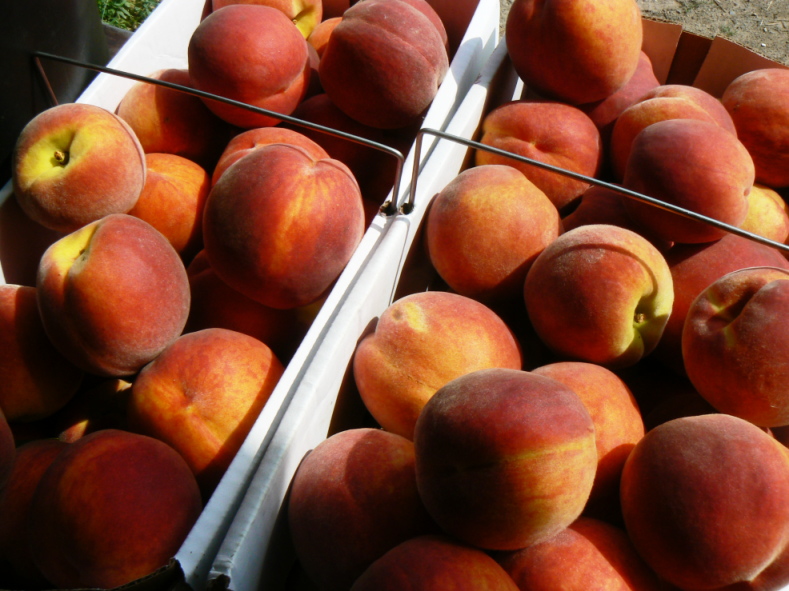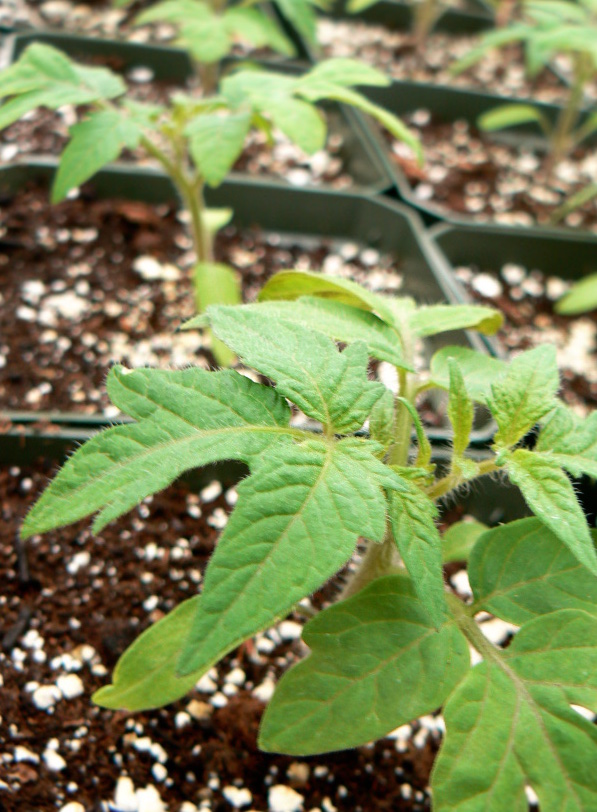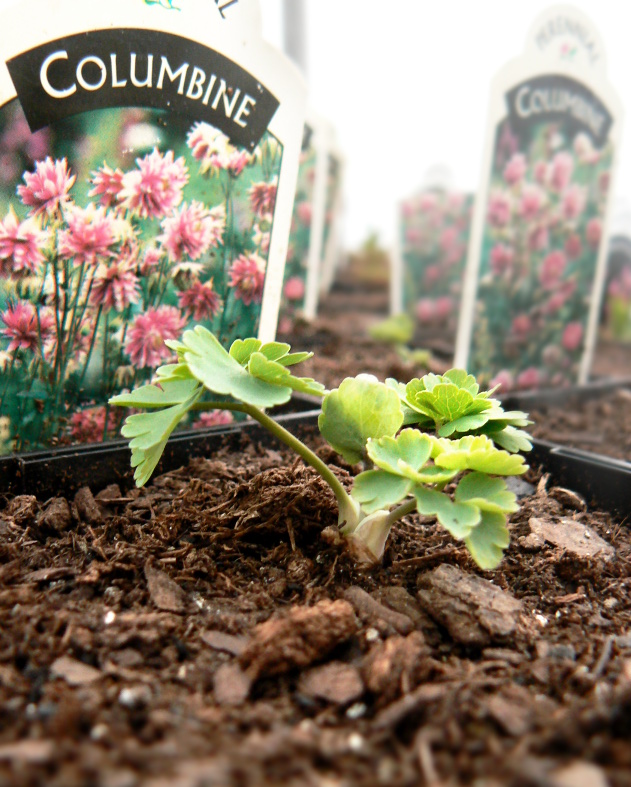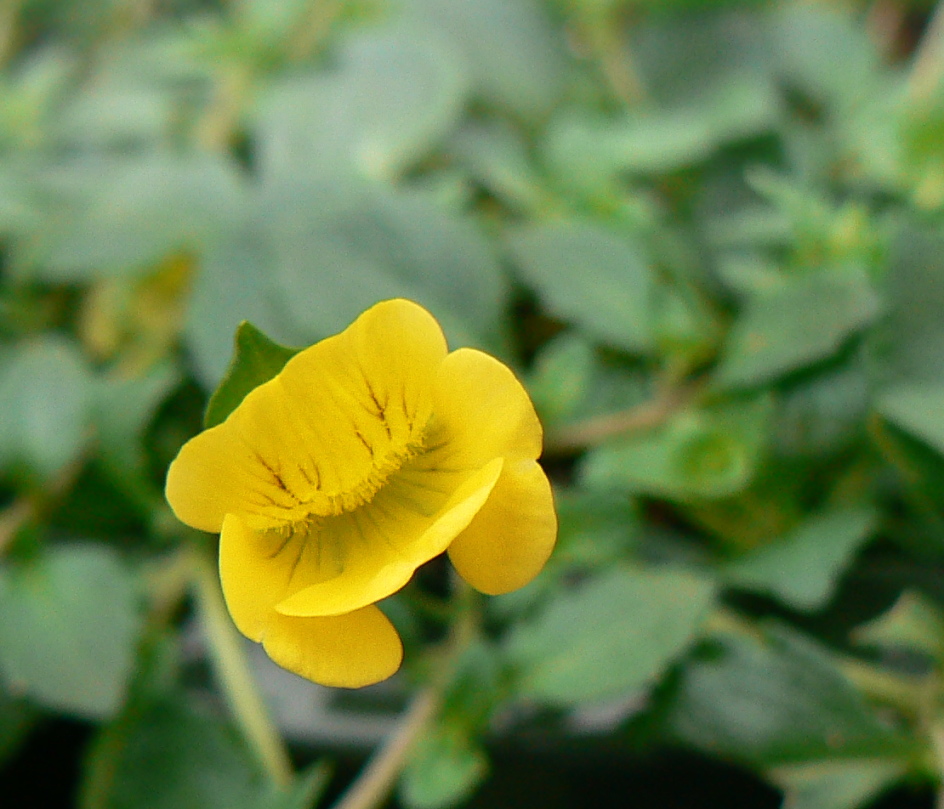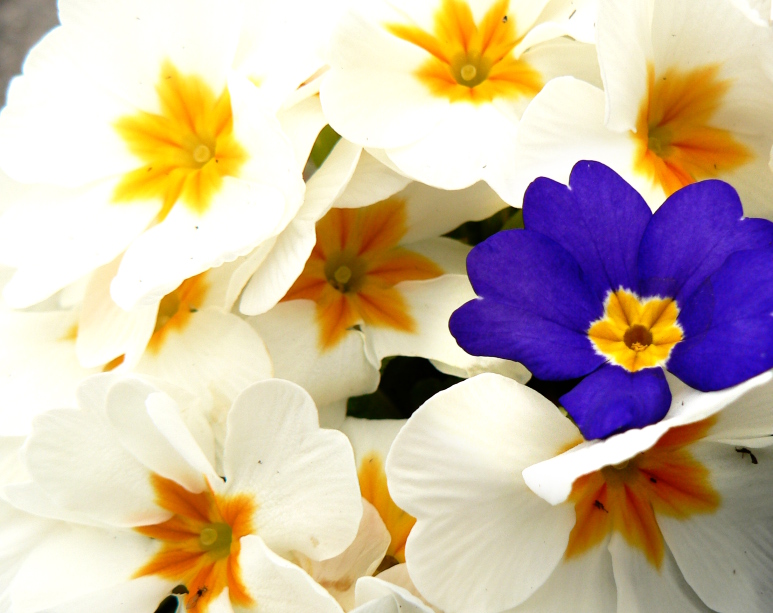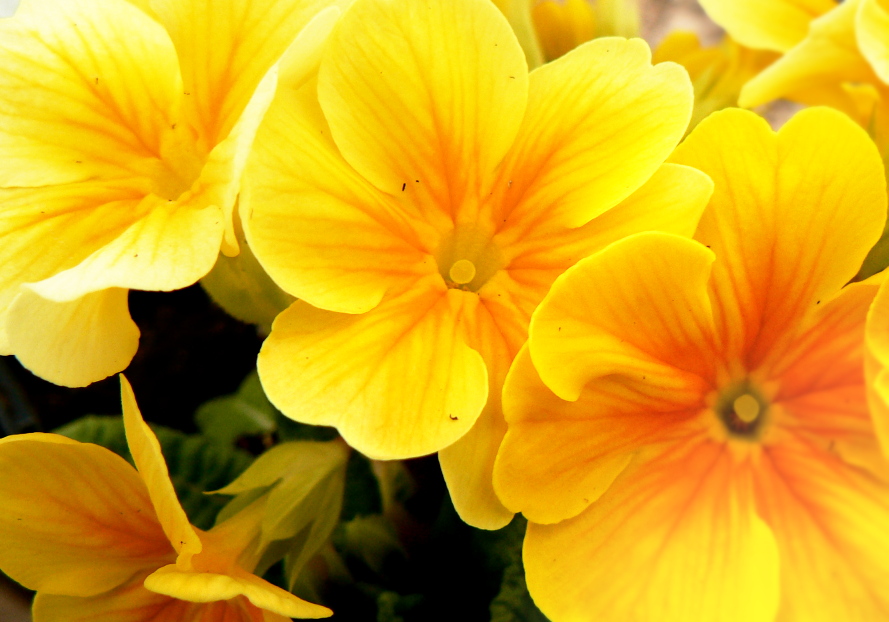Hostas
Perennial Manager Jaime Brennan tells us about a plant with leaves of endless variety, Hostas, the July perennial of the month here at Kirby's: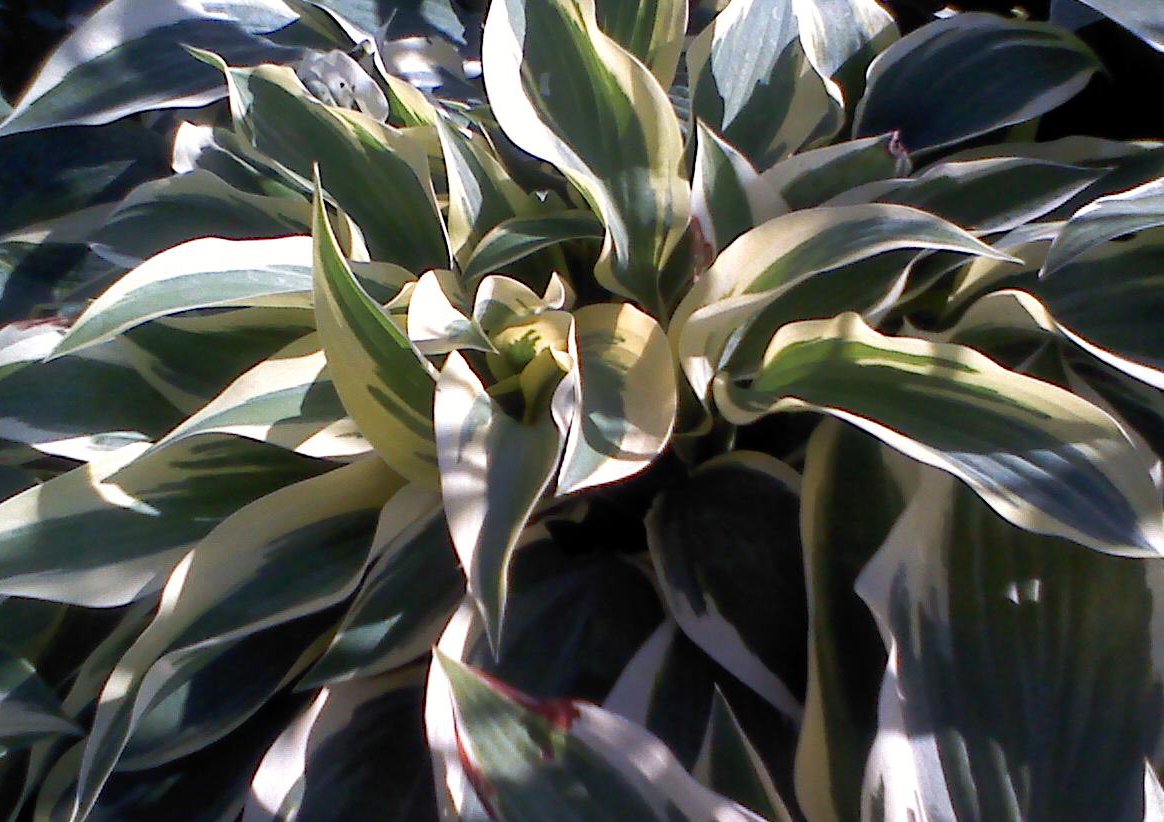
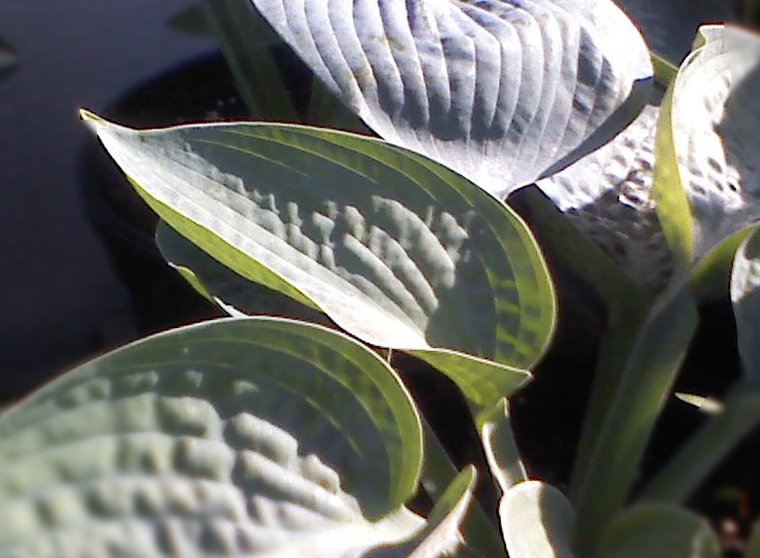
"What is a shade garden without a Hosta or two? They come in so many shapes, sizes and colors. My biggest challenge every year is selecting just a few new varieties.
One of our new varieties this year includes possibly the largest known Hosta, 'Empress Wu', growing up to three to four feet high and wide with leaves measuring more than 1 ½ feet wide and long.
It has a strong upright habit with pale reddish violet flowers starting in early summer.I only wish we had more shade to plant one. At the other end of the scale we have 'Love Pat' a 14” Hosta with intense blue, deeply cupped and puckered leaves. White trumpet shaped flowers bloom from mid to late summer.
When I first started gardening I used to challenge myself to design shade gardens without any Hostas. They were too common for me at the time, but now I have come to appreciate the gracefulness of their leaves, the texture and variety of color that help to brighten any shade garden. It is also a joy to watch the hummingbirds dance from blossom to blossom.
We carry 24 varieties of Hostas: Hosta plantaginea; 'Blue Angel'; 'Blue Mammoth'; 'Dancing in the Rain'; 'Elegans'; 'Empress Wu'; 'Francee'; 'Frances Williams'; 'Ginkgo Craig'; 'Gold Standard'; 'Hadspen Blue'; 'Honeybells'; 'Love Pat'; 'Niagara Falls'; 'Northern Exposure'; 'Pauls Glory'; 'Peanut'; 'Remember Me'; 'Robert Frost'; 'Sagae'; 'Sum and Substance'; 'Thunderbolt'; 'Tokudama Flavocircinalis'; and 'Wolverine'.


